Across the 350 hectares that make up Centennial Parklands, there are over 15,000 trees, some of which were planted over 100 years ago.
To maintain such a significant and diverse collection, there is a team of arborists that have designed a meticulous plan to maintain and grow the number of trees for decades to come at the Parklands.
One of the most important aspects of this plan is to identify the trees that are selected for planting. A variety of factors are considered before we decide what trees are selected including future environmental pressures, the Moore Park Masterplan, the Parklands unique ecosystem and ensuring that our legacy is a thriving tree population for future generations to experience.
Tree selection
As part of a four-year plan, and with funding support from Transport for NSW, the arborists will have planted over 600 new trees across the Parklands by 2020. So far, 400 trees have been planted with over 260 expected to be introduced across the next five months.
Once a species is chosen, we work with tree farms across Sydney to grow them following very precise arboretum standards. After they have been planted, each tree receives a six month intensive establishment plan to ensure its success.
In extremely harsh areas such as Windy Hill, trees are selected to cope with the windy and dry conditions.
In areas where there is reliable irrigation such as Frog Hollow, we will plant ornamental trees such as Tree Waratah and Orchid trees. These are popular with visitors because of the impressive blooms and pollinators like the bees from our hives like them too.
As part of the plan, we are trying to recoup the number of palms in the collection after the Canary Island date palms were decimated by Fusarium Wilt across Sydney in the 1980s.
Overall, we are always looking to bring different species into the collection such as Empress trees which our Senior Arborist, Peter Butler, plans to add 25 south of Sandstone Ridge.
Below are 16 trees that you can expect to see planted at the Parklands over the next four months.
Here is a snapshot of the new trees
Grey gum (Eucalyptus punctata)
Like most Eucalyptus trees, Grey gums can tolerate extremely dry and poor soil conditions making them a hardy tree that will do well in the Parklands.
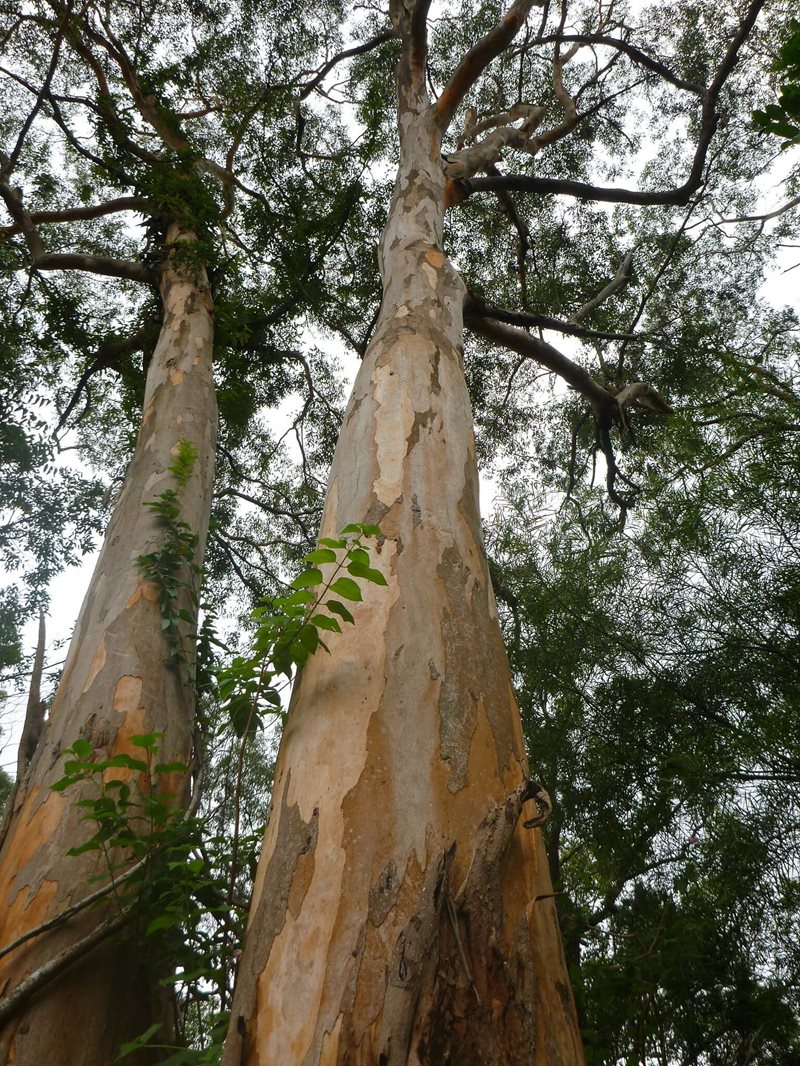 Grey gums are a native tree that thrive in poor soil conditions.
Grey gums are a native tree that thrive in poor soil conditions.
Mugga iron bark (Eucalyptus sideroxylon)
Another native tree, the Mugga iron bark is known for its dark bark contrasting with grey-green foliage and pink flowers. Over 30 of these trees will be planted near Parkes Drive and across Moore Park Golf Course.
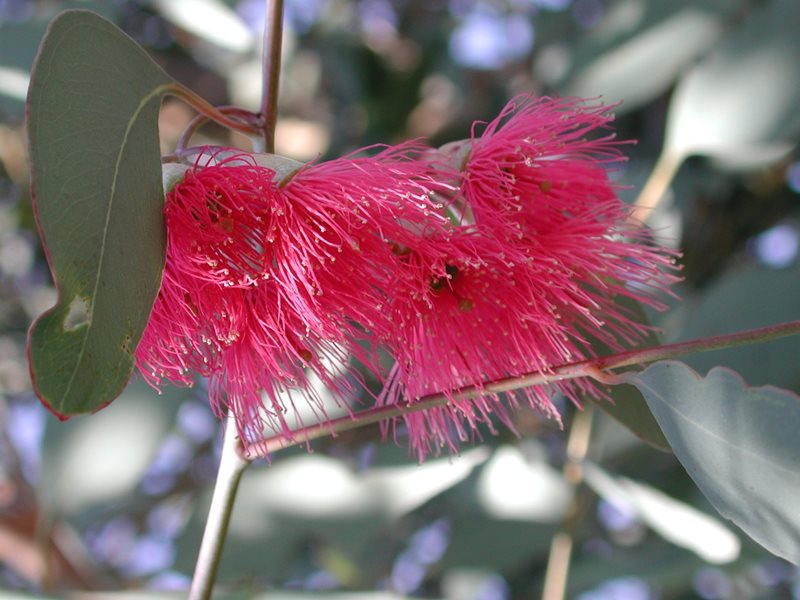 Mugga iron bark is a fast growing and hardy tree.
Mugga iron bark is a fast growing and hardy tree.
Box Brush (Lophostemon confertus)
Also known as Queensland Box Brush, this is a native rainforest species that grows very large under the right conditions. We will continue to plant these trees throughout Moore Park as they have historically done very well in this area.
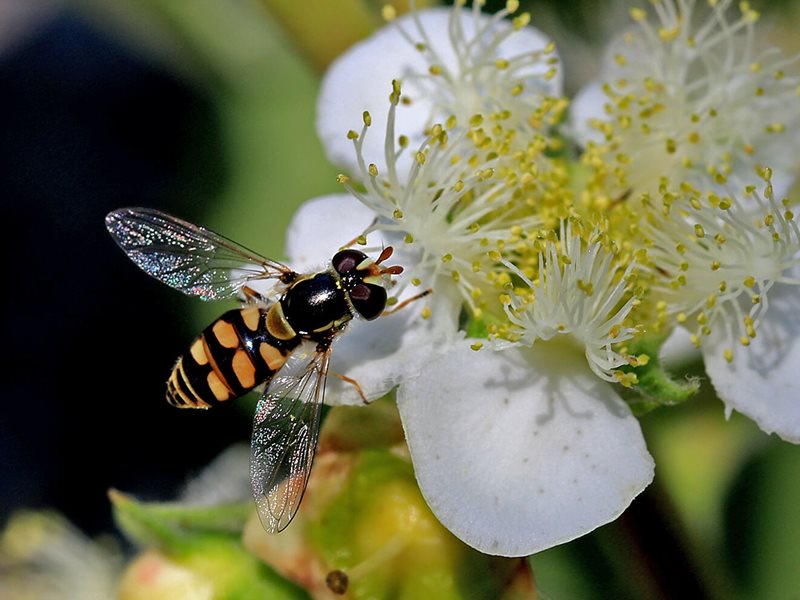 Box Brush is a native tree that flowers in spring and summer.
Box Brush is a native tree that flowers in spring and summer.
Quandong (Eleaocarpus eumundii)
Another native rainforest species, Quandong is often selected as a street tree because of its beautiful foliage, pale pink flowers but also because the blue fruit attracts birds to the area. These trees will be planted near Kippax Lake and the Moore Park Golf Course.
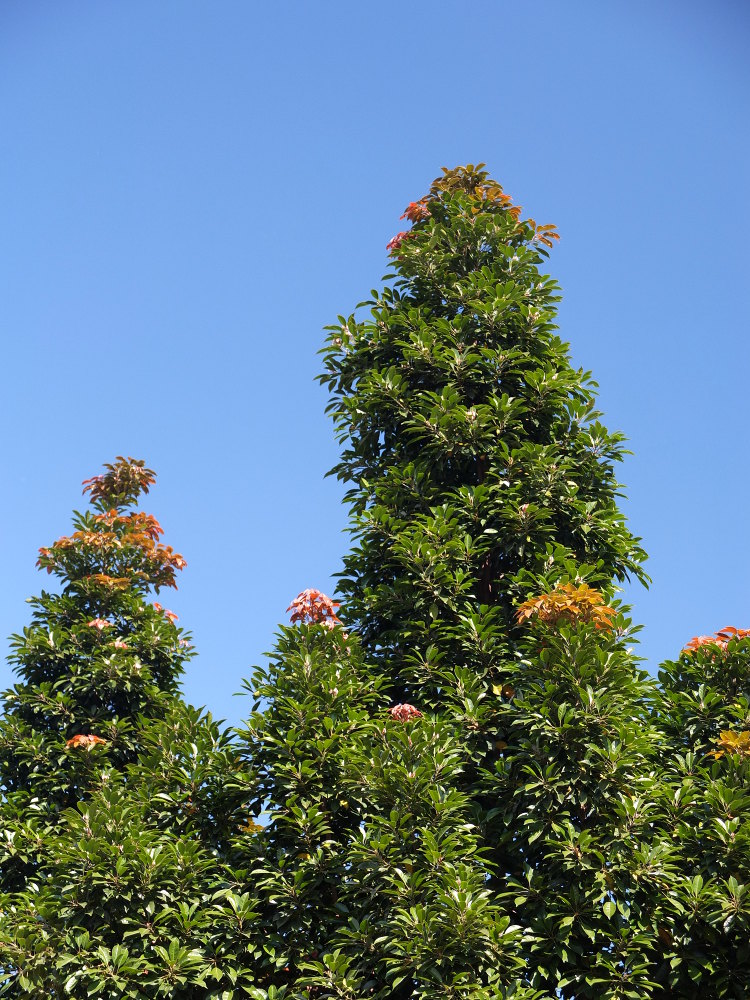 Quandong is very disease resistant and needs little maintenance.
Quandong is very disease resistant and needs little maintenance.
Bismarck Palm (Bismarckia nobilis)
Eight large silver-blue Bismarck palms will be introduced into the collection near Randwick Gates to create an appealing entrance for visitors.
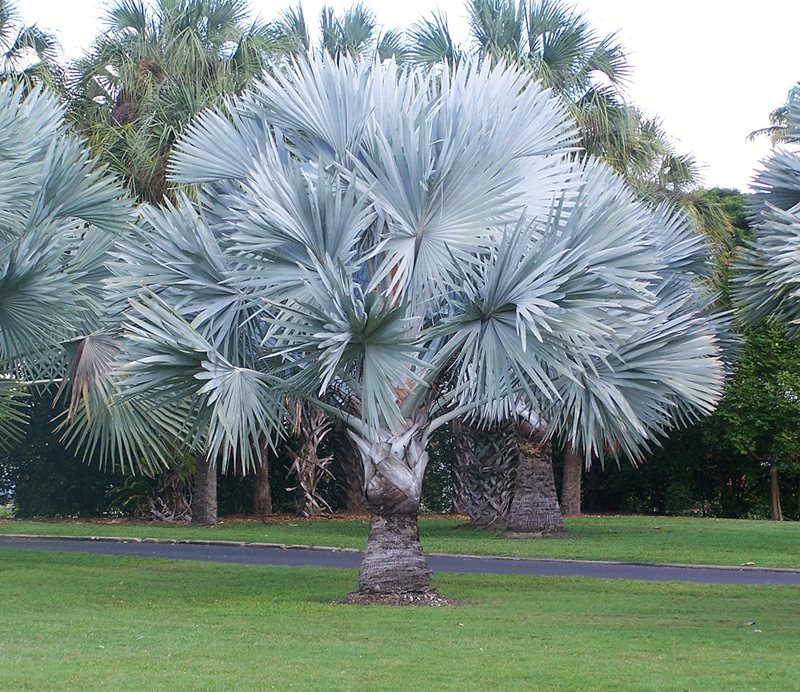 These palms are resistant to common diseases such as Fusarium Wilt.
These palms are resistant to common diseases such as Fusarium Wilt.
Empress Tree (Paulownia tomentosa)
Sometimes called Empress Tree or Princess Tree, this is a fast-growing and stunning tree that will be new to the collection at Centennial Park. Currently there are 230 different species of trees and we are always looking to diversify the collection.
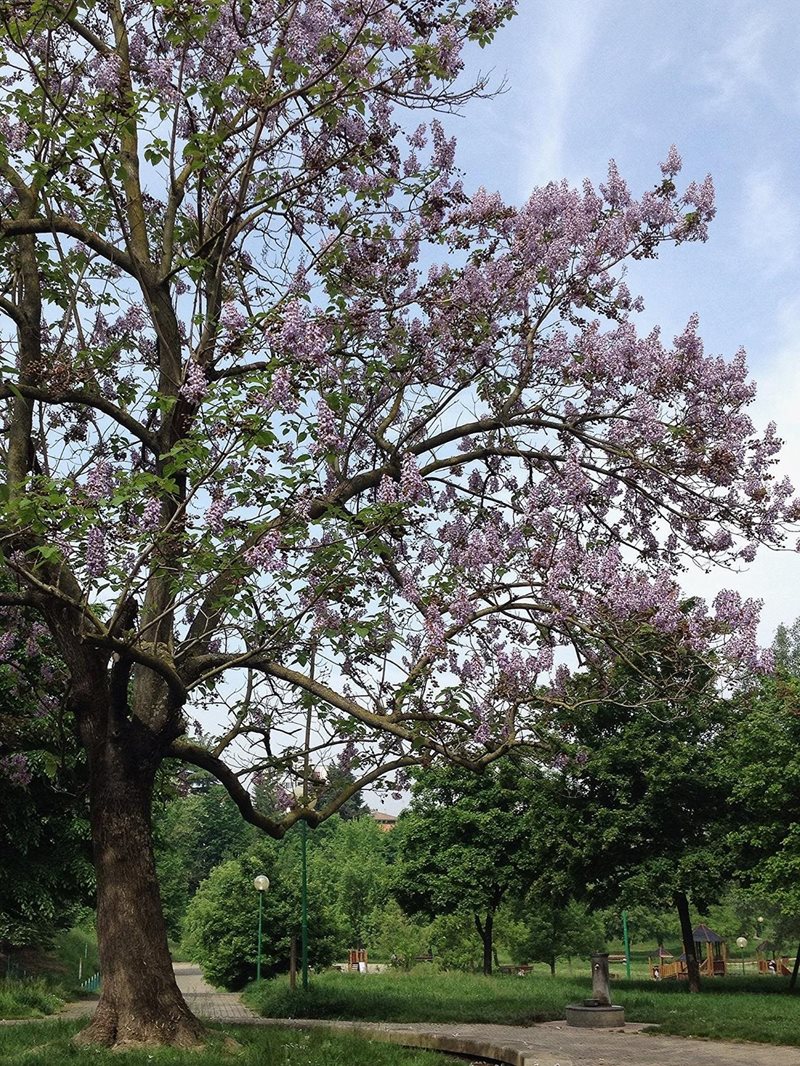 Empress Trees will be new to the collection at the Parklands.
Empress Trees will be new to the collection at the Parklands.
Norfolk Island pine (Araucaria heterophylla)
Over the next few months, 15 Norfolk Island pines will be planted in the sandy soil along Grand Drive. This evergreen conifer can grow to be 45 metres tall and was selected because it is very tolerant of drought.
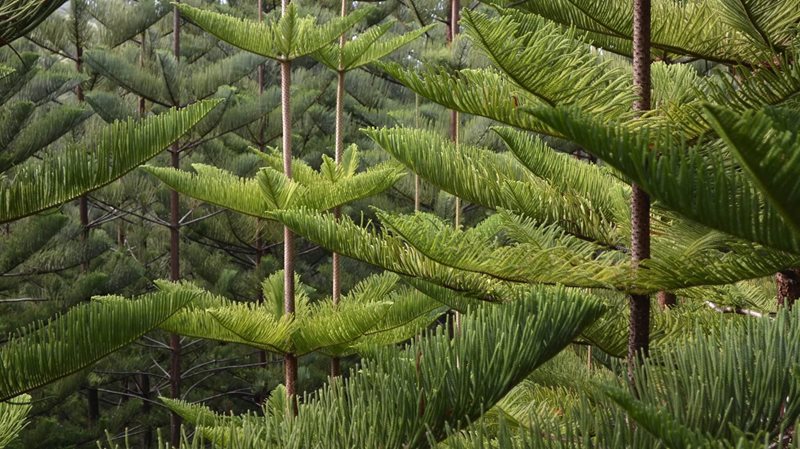 Norfolk Island pines are one of a several trees being planted along Grand Drive.
Norfolk Island pines are one of a several trees being planted along Grand Drive.
Holm Oak (Quercus ilex)
Another very drought tolerant tree, Holm Oaks grow up to 25 metres and offer a lush habitat for native wildlife. There will be 18 Holm Oaks planted along Grand Drive which will provide an impressive canopy as they develop large, rounded crowns.
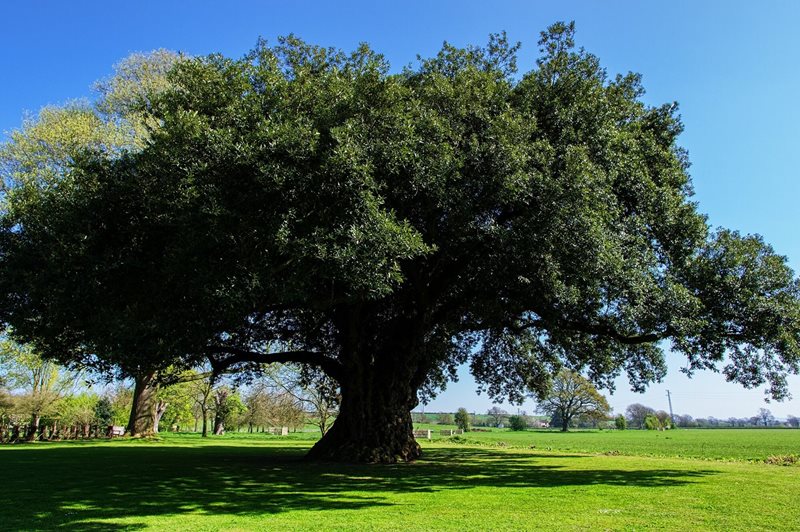 The Holm Oak takes its name from the ancient name for Holly.
The Holm Oak takes its name from the ancient name for Holly.
Ginkgo biloba
Gingko biloba trees aren't fussy about soil conditions so they make a great addition to areas of the Parklands where other trees might not thrive.These beautiful trees will provide the Parklands with a great golden warmth during autumn and shades of vibrant lime green in spring.
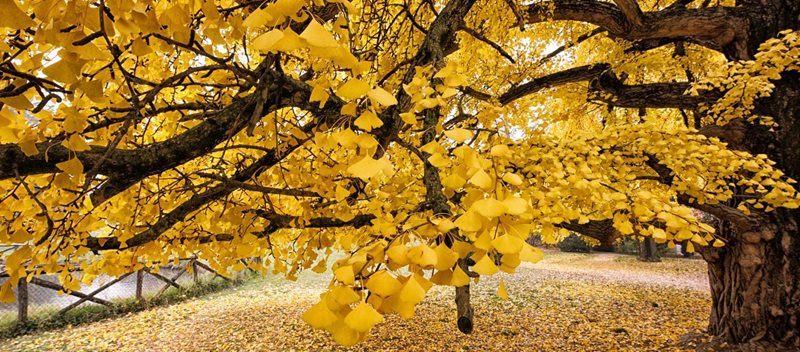 A species from the Jurrasic period, fossilised remains of Ginkgo have been dated back 270 million years.
A species from the Jurrasic period, fossilised remains of Ginkgo have been dated back 270 million years.
Port Jackson fig (Ficus rubiginosa)
Port Jackson figs are an iconic tree on Grand Drive and one of the most numerous tree species across the Parklands. Nearly 40 of these native trees will be planted and eventually mature to become magnificent shelters for birds and provide fruit for wildlife.
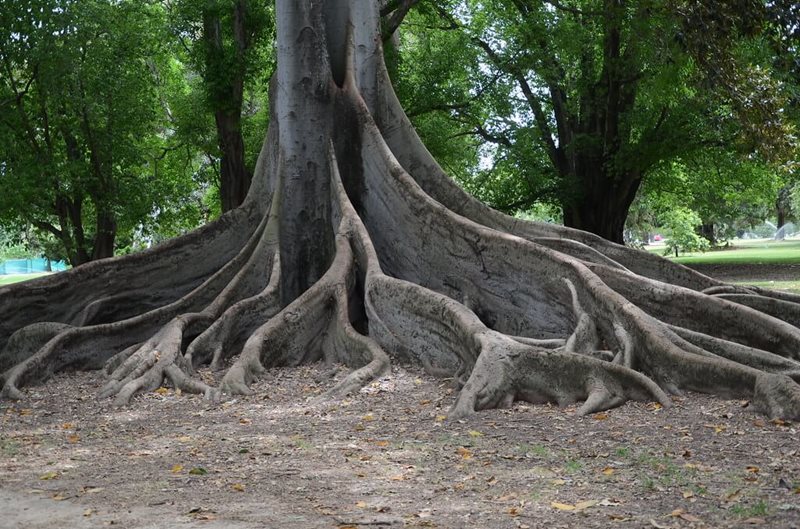 Port Jackson figs are native to the eastern coast of Australia.
Port Jackson figs are native to the eastern coast of Australia.
Tree Waratah (Alloxylon flammeum)
A wonderful flowering tree from the rainforests of Northeast Australia, in perfect conditions Tree Waratahs can reach over 30 metres tall. This tree makes a bold statement with its stunning red flowers in spring time.
 Tree Waratahs will be planted in areas where there is reliable irrigation such as Frog Hollow.
Tree Waratahs will be planted in areas where there is reliable irrigation such as Frog Hollow.
Orchid tree (Bauhinia variegate)
This tree is native to Southeast Asia and produces lightly perfumed orchid like flowers in spring which will attract pollinators to the Parklands. The new plantings will go alongside other ornamental plants in Frog Hollow which is a popular spot for visitors to relax with a picnic.
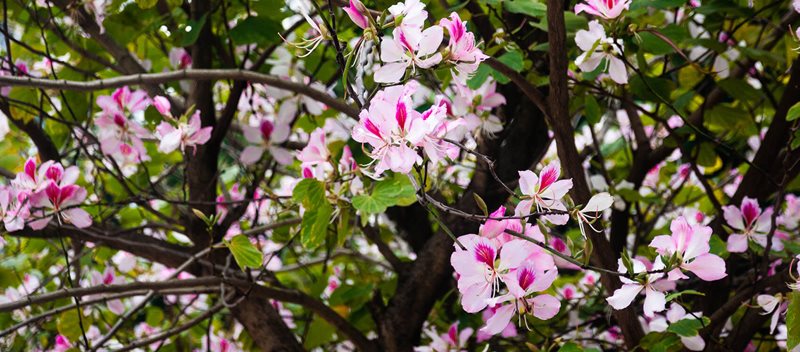 Orchid trees are unmissable in spring when covered in pink flowers.
Orchid trees are unmissable in spring when covered in pink flowers.
'Fantasy’ (Lagerstroemia fauriei)
This is one variety of the Japanese Crepe Myrtles and can grow 20 metres tall. This deciduous flowering tree displays stunning mottled bark and can tolerant drought conditions once it has been established.
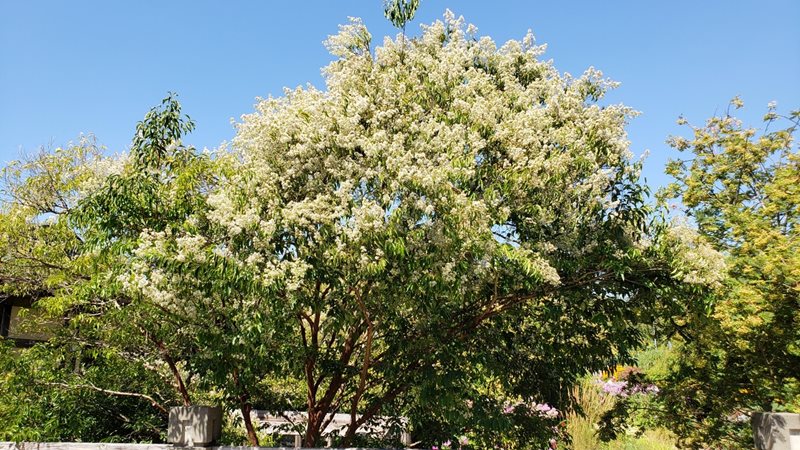 Fantasy trees have a long-lasting white flower.
Fantasy trees have a long-lasting white flower.
Jacaranda (Jacaranda mimosifolia)
Jacarandas are extremely popular in Sydney due to their stunning purple flowers in spring. An additional 20 trees will be added throughout the Parklands complimenting the already established Jacarandas that are a favourites amongst visitors.
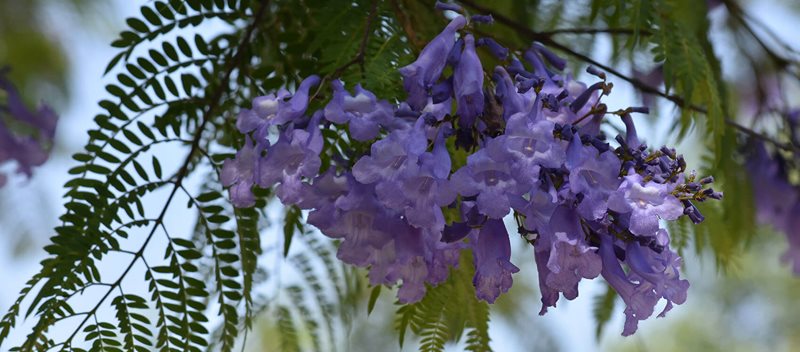 Jacarandas are native to Brazil but have become an iconic Sydney tree.
Jacarandas are native to Brazil but have become an iconic Sydney tree.
Lemon Scented Gum (Corymbia citriodora)
This tall gumtree from Eastern Queensland can reach 35 metres and has a distinctive powdery white bark. The leaves of this beautiful native tree smell of lemon giving it it’s common name.
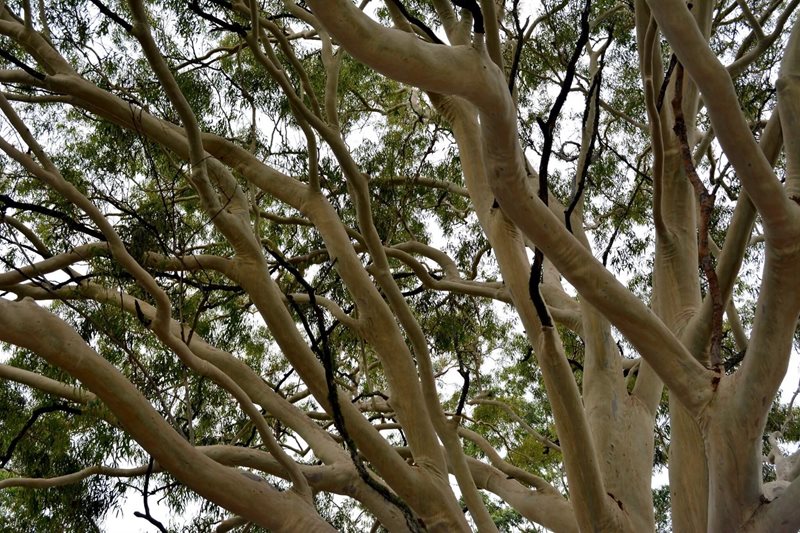 An additional six Lemon Scented Gums will be planted in Frog Hollow.
An additional six Lemon Scented Gums will be planted in Frog Hollow.
A valuable tree collection
It’s not just the visitors who appreciated the range of different landscapes and plants in Centennial Parklands, it’s also the perfect place for Australian wildlife too. The variety of plants, the range of flowering and fruiting trees, and the permanent ponds and lakes attracts over 130 different species of birdlife to the Parklands.
Maintaining 15,000 trees at Centennial Parklands could not be done without our dedicated and highly skilled Arboriculture team. If you would like to learn more about the tree collection or help Centennial Parklands please visit our management plan here.